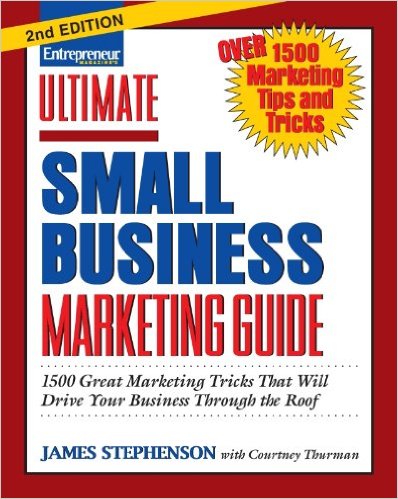In today's competitive marketplace, small businesses must leverage effective marketing strategies to stand out and attract customers. A well-crafted white paper can be a powerful tool to establish credibility, educate your target audience, and generate leads. This guide will delve into the essential steps to create a compelling white paper that drives results for your small business.
Crafting a Compelling White Paper: A Small Business Marketing Guide
Introduction
In today's competitive marketplace, small businesses must leverage effective marketing strategies to stand out and attract customers. A well-crafted white paper can be a powerful tool to establish credibility, educate your target audience, and generate leads. This guide will delve into the essential steps to create a compelling white paper that drives results for your small business.
Understanding the Purpose of a White Paper
A white paper is a detailed report or guide that informs readers about a complex issue and provides solutions or recommendations. It's a valuable marketing tool because:
- Builds Credibility: Demonstrates expertise and thought leadership.
- Generates Leads: Attracts potential customers interested in your solutions.
- Educates the Market: Provides valuable insights and knowledge to your target audience.
- Positions Your Brand: Differentiates your business from competitors.
Key Steps to Create a Successful White Paper
- Define Your Target Audience:
- Identify the specific group of people you want to reach.
- Understand their needs, pain points, and challenges.
- Tailor your content to address their specific concerns.
- Develop a Strong Thesis Statement:
- Clearly articulate the main argument or problem your white paper will address.
- This statement will guide the direction of your content.
- Conduct Thorough Research:
- Gather reliable information from reputable sources.
- Use industry statistics, case studies, and expert opinions to support your claims.
- Cite your sources to enhance credibility.
- Create a Clear and Concise Outline:
- Organize your content into logical sections and subsections.
- Use headings and subheadings to improve readability.
- Ensure a smooth flow of ideas from one section to the next.
- Write Compelling Content:
- Use clear and concise language.
- Avoid jargon and technical terms that may confuse your audience.
- Break up text with visuals like charts, graphs, and infographics.
- Use strong storytelling techniques to engage readers.
- Design an Eye-Catching Layout:
- Choose a professional and visually appealing design.
- Use a clear and consistent font and font size.
- Incorporate white space to enhance readability.
- Proofread and Edit Rigorously:
- Check for grammar, spelling, and punctuation errors.
- Ensure the content is accurate and consistent.
- Have a colleague or professional editor review your work.
- Distribute Your White Paper:
- Share it on your website and social media channels.
- Email it to your existing customer base and potential leads.
- Submit it to industry publications and directories.
- Use paid advertising to promote your white paper.
Reference List
- American Marketing Association: https://contentmarketinginstitute.com/
- HubSpot: https://www.semrush.com/
Conclusion
By following these steps and leveraging the power of a well-crafted white paper, your small business can effectively reach your target audience, build brand awareness, and drive business growth. Remember to continuously analyze the performance of your white paper and make adjustments as needed to optimize its impact.
Additional Tips
- Offer a Free Download: Encourage readers to provide their email address in exchange for the white paper.
- Include a Strong Call to Action: Direct readers to a specific action, such as visiting your website or contacting your sales team.
- Track Your Results: Monitor website traffic, lead generation, and other metrics to measure the effectiveness of your white paper.
By incorporating these strategies, you can create a white paper that delivers tangible results for your small business.
